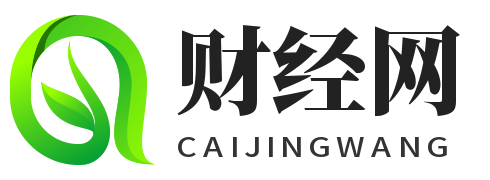期货 远期 期权(期货远期期权互换的区别)
Introduction to Futures, Forwards, and Options in Financial Trading
In the realm of financial trading, three common types of derivative contracts are futures, forwards, and options. These instruments play a crucial role in managing risk and speculation in the market. Understanding the differences and uses of each is essential for anyone engaging in trading activities.
The Role of Futures, Forwards, and Options

Futures contracts are agreements to buy or sell an asset at a predetermined price on a specified future date. Forwards are similar but are customized agreements between two parties. Options provide the buyer the right, but not the obligation, to buy or sell an asset at a specified price within a set period.
Key Differences and Benefits
Futures offer standardized contracts traded on exchanges, providing liquidity and price transparency. Forwards, on the other hand, are customizable but lack these benefits. Options give the holder flexibility and downside protection while limiting potential losses to the premium paid.
Conclusion
In summary, futures, forwards, and options serve distinct purposes in financial markets. While futures and options are more commonly used due to their ease of access and liquidity, forwards play a vital role in tailor-made hedging strategies. Understanding how each of these instruments works is essential for successful risk management and trading practices.




